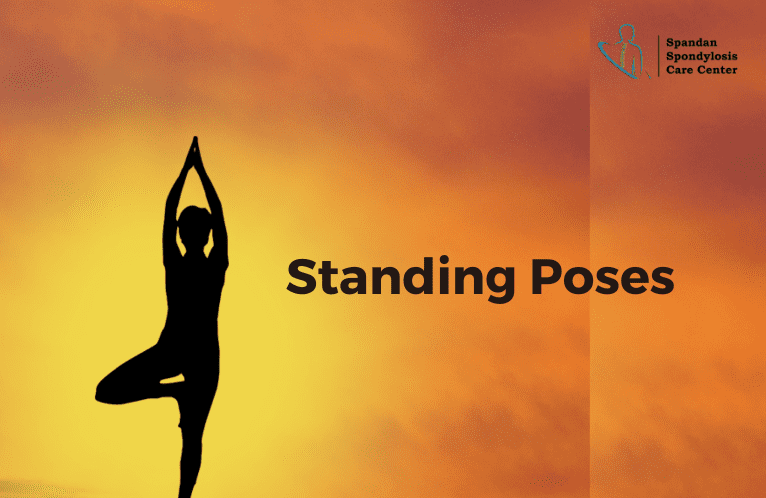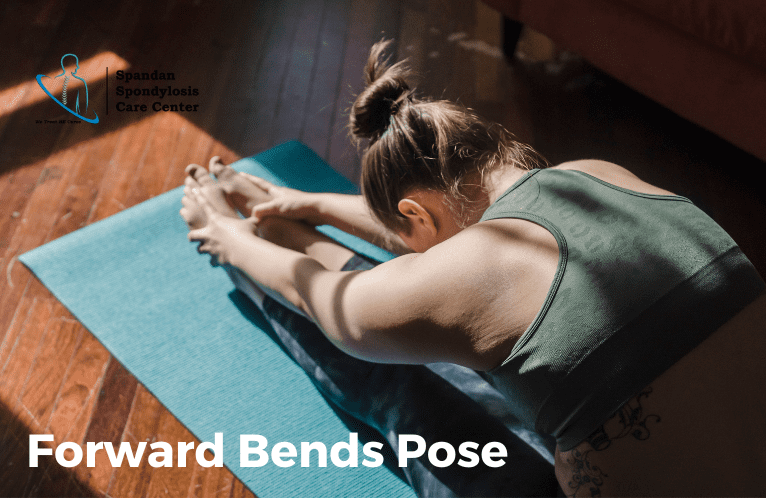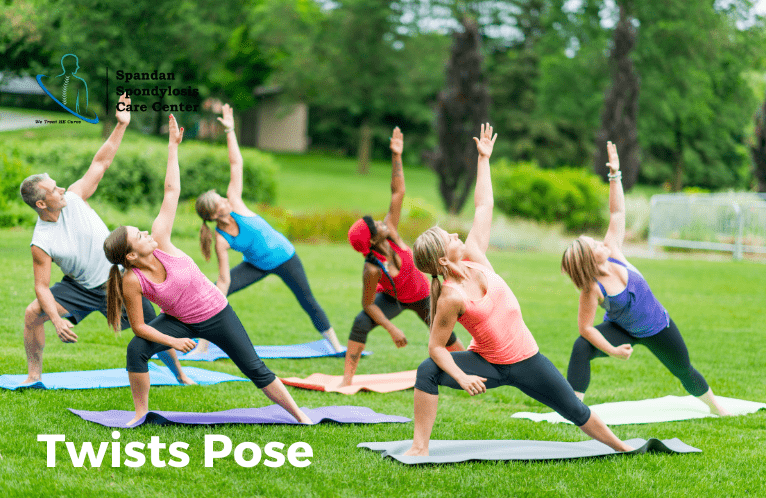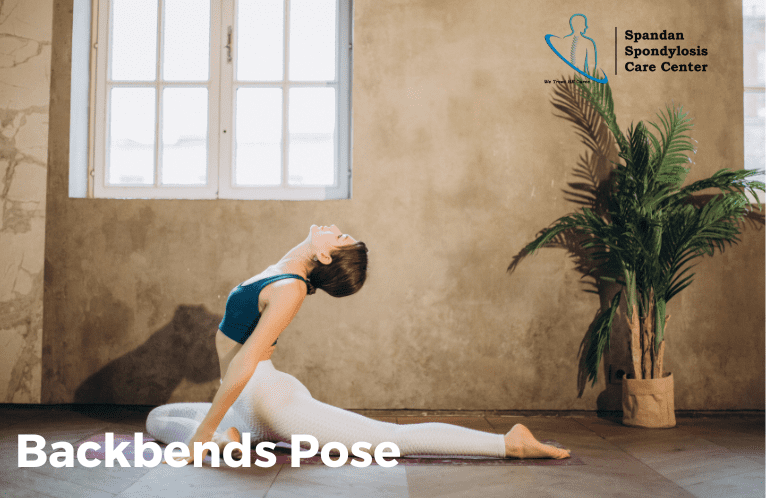Yoga for Lumbar Spondylosis: A Comprehensive Guide

Yoga is a powerful tool for managing a wide range of physical and mental health conditions. When it comes to lumbar spondylosis, yoga can help relieve pain, improve flexibility, and strengthen the muscles that support the spine. In this comprehensive guide, we’ll explore the benefits of yoga for lumbar spondylosis and provide a range of yoga poses and exercises to help manage the condition.
Understanding Lumbar Spondylosis
Lumbar spondylosis is a degenerative condition that affects the lower part of the spine. It is caused by the gradual wear and tear of the spinal discs and vertebrae, which can lead to the narrowing of the spinal canal and the compression of the spinal nerves.
Symptoms of lumbar spondylosis include lower back pain, stiffness, and reduced mobility.
Benefits of Yoga for Lumbar Spondylosis
Yoga can be an effective way to manage lumbar spondylosis for a number of reasons. Firstly, it can help to relieve pain by stretching and strengthening the muscles that support the spine. Secondly, it can improve flexibility and range of motion, which can reduce the risk of further injury.
Thirdly, yoga can help to reduce stress and anxiety, which can be beneficial for overall health and well-being.
Yoga Poses for Lumbar Spondylosis
There are a variety of yoga poses and exercises that can be beneficial for managing lumbar spondylosis. Here are some of the most effective poses:
A. Standing Poses
B. Forward Bends
C. Twists
D. Backbends
A. Standing Poses

Standing poses can help to strengthen the muscles of the legs and back, which can provide support for the spine. Examples include:
- Tadasana (Mountain Pose)
- Virabhadrasana I (Warrior I Pose)
- Virabhadrasana II (Warrior II Pose)
B. Forward Bends

Forward bends can help to stretch the muscles of the back and hips, which can relieve tension and improve flexibility. Examples include:
- Uttanasana (Standing Forward Bend)
- Paschimottanasana (Seated Forward Bend)
- Balasana (Child’s Pose)
C. Twists

Twists can help to stretch and strengthen the muscles of the back, hips, and abdomen, which can improve flexibility and support the spine. Examples include:
- Ardha Matsyendrasana (Half Lord of the Fishes Pose)
- Marichyasana III (Marichi’s Pose III)
- Bharadvajasana (Bharadvaja’s Twist)
D. Backbends

Backbends can help to strengthen the muscles of the back and improve flexibility, which can reduce the risk of further injury. Examples include:
- Bhujangasana (Cobra Pose)
- Salabhasana (Locust Pose)
- Ustrasana (Camel Pose)
Precautions and Tips for Practicing Yoga with Lumbar Spondylosis
It’s important to practice yoga with caution if you have lumbar spondylosis. Here are some tips to keep in mind:
- Always consult with your doctor before starting a yoga practice.
- Start with gentle poses and gradually work your way up to more challenging ones.
- Listen to your body and avoid any poses that cause pain or discomfort.
- Use props, such as blocks or straps, to modify poses as needed.
- Practice regularly, but don’t overdo it. Aim for a few times a week to start and gradually increase as you feel comfortable.
conclusion
In conclusion, yoga can be a beneficial tool for managing the symptoms of lumbar spondylosis, such as lower back pain and stiffness. By practicing yoga poses that promote spinal health, flexibility, and pain management, individuals with lumbar spondylosis can experience relief and improved quality of life.
It’s important to work with a qualified yoga instructor and healthcare provider to develop a personalized yoga practice plan that takes into account individual needs and limitations.
Additionally, caution should be taken when practicing certain poses that may exacerbate symptoms or cause further injury. With regular practice and proper guidance, yoga can be a powerful tool for managing lumbar spondylosis and promoting overall health and wellness.
faq
There is no known cure for lumbar spondylosis, but yoga can help manage the symptoms and slow down the progression of the condition.
The frequency of yoga practice for lumbar spondylosis can vary depending on individual circumstances, such as the severity of the condition and personal fitness level. It’s best to consult with a healthcare provider and a qualified yoga instructor to develop a personalized yoga practice plan.
While yoga can be beneficial for managing lumbar spondylosis, some poses may need to be avoided or modified to prevent further injury or discomfort. It’s best to work with a qualified yoga instructor who can provide guidance on which poses to avoid or modify based on your individual needs and limitations. Additionally, some poses that involve excessive twisting or compression of the lower back should be approached with caution or avoided altogether, such as deep forward folds or full twists.
